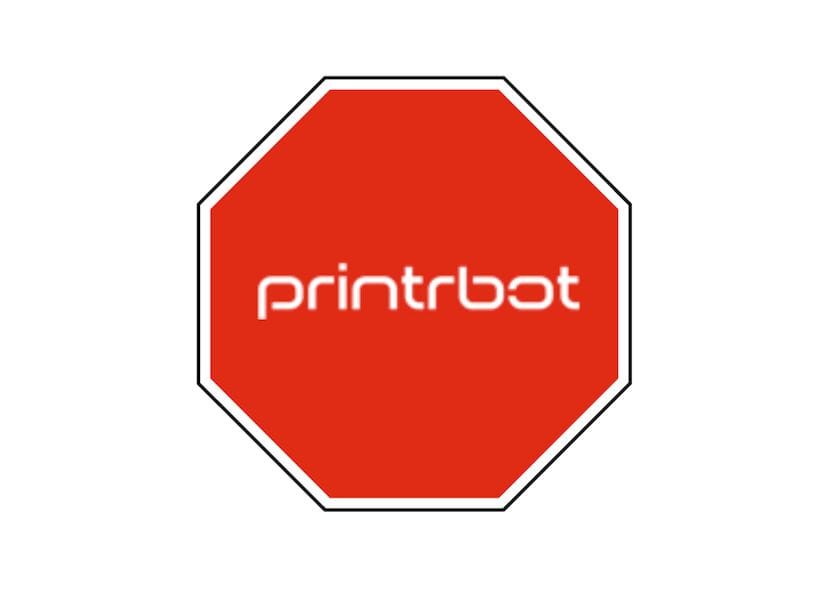
Last week the 3D print community noted the closure of Printrbot.
The company was one of the first pioneers in the desktop 3D printer area, launching around the time MakerBot and Ultimaker became visible to the public.
The company succeeded due to extreme attention to cost control, and through those methods they were able to produce products at the lowest possible prices. I’d often chuckle, seeing a Kickstarter launch a comparable machine at a far lower price, knowing that Printrbot had already determined the lowest financially feasible cost. Of course, those ventures universally failed.
But Printrbot faced an adversary that ultimately they could not overcome: inexpensive overseas manufacturing. Other companies produced machines that were, more or less, of the same capability, yet at prices the same and lower. And continuing to drop.
Printrbot eventually saw their sales drop, along with their previous high levels of community buzz, as most of the attention drifted towards these new inexpensive machines. Thus Printrbot’s community, one of their crown jewels, was no longer a significant advantage.
But why did Printrbot expire while some of their notable contemporaries not do so?
Almost without exception, those competitors shifted their market from the DIY group towards other markets, such as engineers, architects, educators and more. We like to call that space the “professional market”.
MakerBot shifted towards the education market after their purchase by Stratasys, and they are still going today, releasing new products and services for their target markets.
Ultimaker made a strong shift towards professional markets by developing machine features that made it far easier to adopt within companies, creating a kind of ground-level corporate growth strategy. It’s working well, as they are among the leading sellers of desktop 3D printing equipment these days.
The same story unfolded at almost every other desktop 3D printer manufacturer, and most of them are doing reasonably well today, if not thriving.
But Printrbot appears to not have had any such strategy and bet the company on the relatively small and under financed DIY market. Worse, the offshore manufacturers were able to produce similar machines at better prices because there was no patent protection for this type of device.
In fact, the expiry of such patents was what allowed Printrbot to open in the first place.
Without switching strategies, there was little that could be done by Printrbot, other than being more efficient. The trouble was, they already were about as efficient as one could get.
One option they might have considered was off shore manufacturing themselves. However, this is easier said than done, as the work required to set up proper arrangements and manage them afterwards is quite considerable and likely something Printrbot staff had little experience in doing.
And that’s no guarantee of success either: consider the fate of Solidoodle, who faced a similar situation years ago and attempted to execute offshore manufacturing, which didn’t work out very well.
As of today, Printrbot is no more, but in its place are many new companies that provide similar or better options. These companies, although they may be offshore to Western companies, are all geared to compete in this space and we will likely see further lowering of prices and increases in features.

